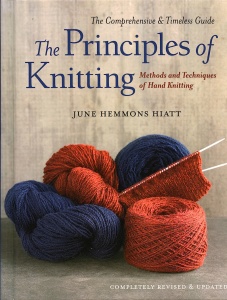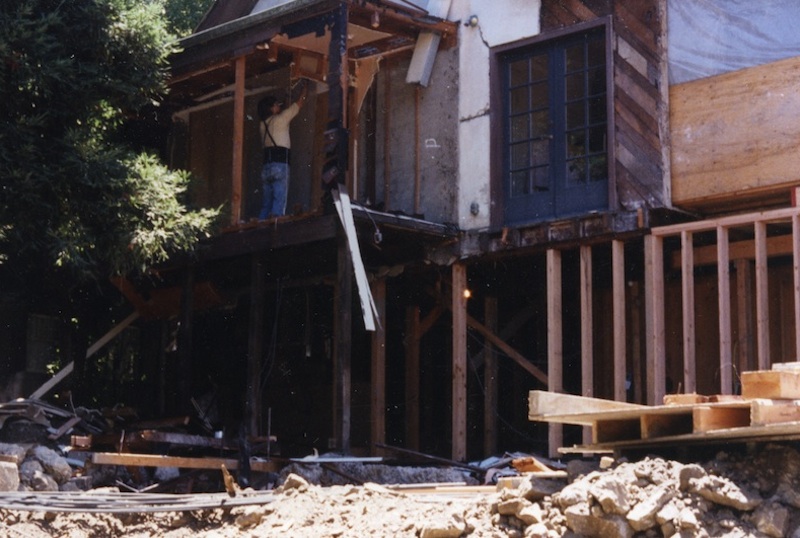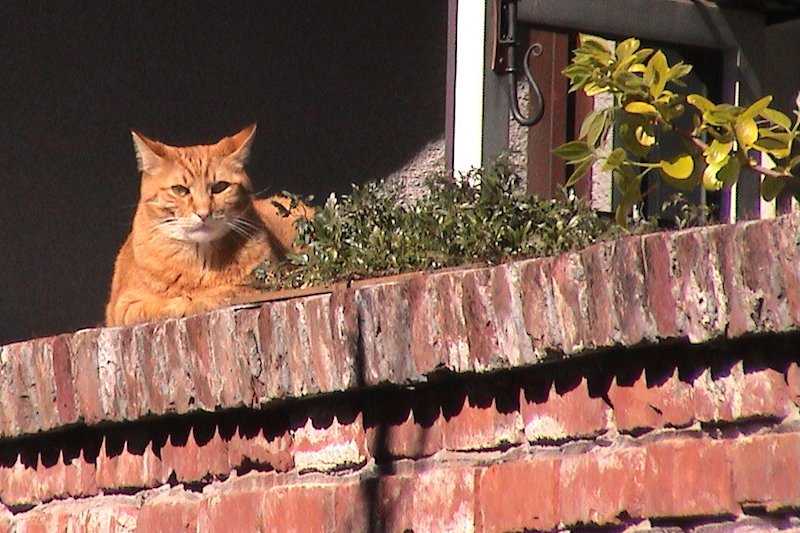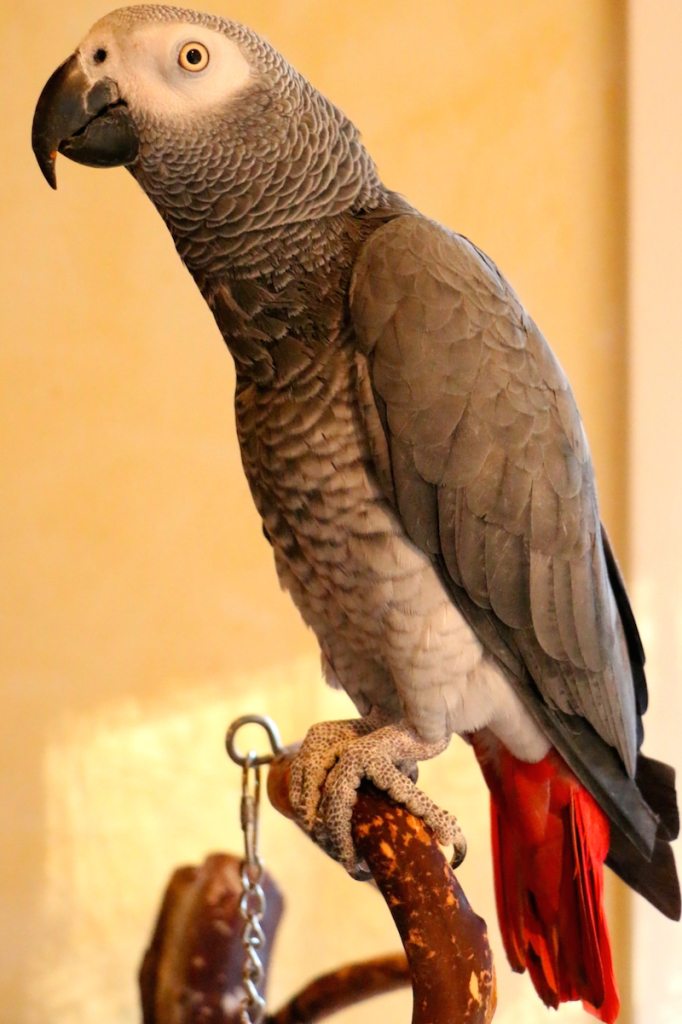Writing the Second Edition
After the first edition of Principles of Knitting was published, I had health problems and could not travel to teach and help the book make its way in the world. Initially, it did not sell very well, which was a great disappointment, and after a time I turned my attention elsewhere.
Our 1907 house in the San Francisco Bay Aea was badly in need of a remodel and I decided that planning and supervising that would be my next project and we set to work in 1995. Little did we know what we were getting into.
As it turned out, the house had to be completely gutted inside and out. I soon became the architect and contractor, was hands-on in the demo and building, and my husband spent every evening and weekend doing hard labor. I was immersed in construction dust and noise, we were way over budget, and the book was the last thing on my mind.
So I confess it barely registered when Simon & Schuster informed me in 1997 that they had sold the first print run of 30,000 copies and were not going to continue with it. After it went out of print I would occasionally receive a phone call from someone looking for a copy (I had two in storage), and each time the price had gone up. This was gratifying, but meant little to me at the time.
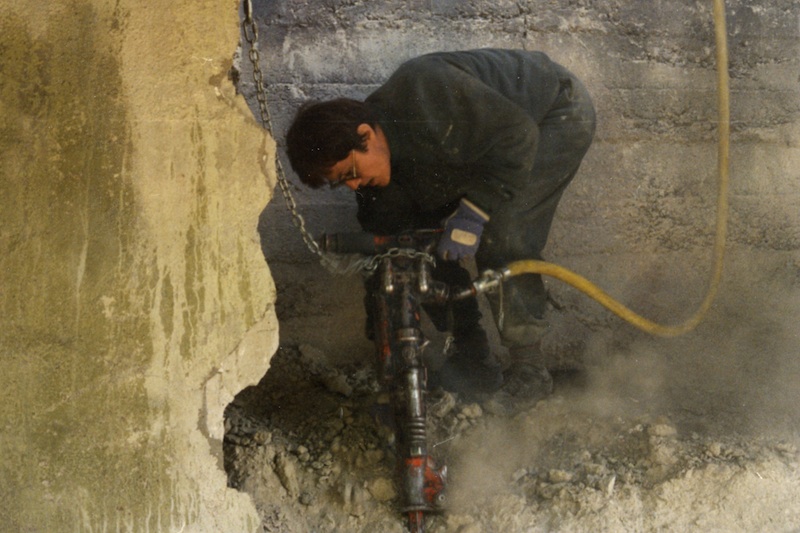
Did I mention dust? Removing the old concrete fireplace and chimney — that’s me with the 50 lb jackhammer.
When the dust finally settled in 1999, and the house was more or less habitable, I was stunned to discover that The Principles of Knitting was selling for $400-600 a copy, or more. It slowly sank in that while I thought I was done with the book, it was not done with me. Clearly, knitters had come to value it, and I realized I had to see what could be done to make it available to them again.
However, when the rights to the book were returned to me, Simon & Schuster destroyed the printing plates. This meant it could not be reprinted; the only option was a second edition. Since I owned the rights and all the illustrations, it was clearly going to be up to me to make that happen, but I confess I had very mixed feelings about taking on the job.
Doing a new edition meant I would have the opportunity to improve the book, and few authors get a second chance. The time seemed right. The house was now quiet, I had new windows to look out of, and a new place for my desk. But it would also mean stepping back into my solitary writer’s life for some time to come, and I found that a daunting prospect.
I also realized that the first step would be to type all 350,000 words of the book into my computer. Fortunately I type fast, but since I read faster, this exercise had the benefit of slowing me down enough to do a close reading of a text I had not looked at in ten years.
Initially, I was relatively pleased with what I found. I decided that six or seven chapters could do with serious revision, while the rest of the material needed only some additional editing. I should have known better. As I had discovered with our old house, when you change one part, you discover something else has to be done, and so it was with this book. The newly revised chapters made the others seem less than they should be, one thing led to another, and in the end the whole book was rewritten.
Everything was reconsidered, new material was included, new illustrations were made, and the whole was reorganized. Ten years later, when it was finally done, it had grown to 450,000 words.
During those long years my daily companions were Rufus the cat, who would occasionally sit on my lap — or on my keyboard when he really wanted attention. And if I had been quiet too long, Harley, the African Grey Parrot would say, “Hello? What’cha doin’?” in hopes of starting a conversation. In the end, the deadline was pushed back several times, my family once again took on everything I would have normally done, and there was nothing left but my desk and the book.
I know there are many people who wondered if I would ever finish it; needless to say there were days when I wondered that myself. A good part of the reason it took so long was the immense sense of responsibility I felt toward this book and the knitters who were waiting for it; it was important to get it right.
But care in the writing was not the only thing that took time; there was also the task of transforming the manuscript and illustrations into this big, complicated book. An author writes alone, but there are many other people involved in getting their work published. If you are curious about my third job (writing and doing illustrations being the first two), which was working with the people who could make that happen, please see What It Took to Make This Book.

